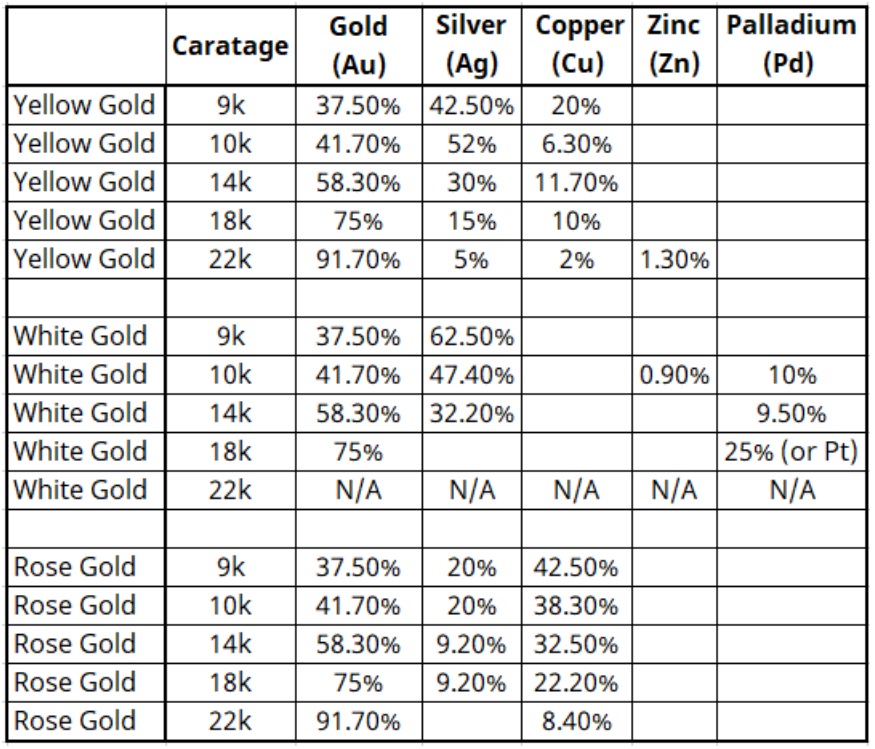History confirms that humankind jealously cherished gold as owning it meant a standing figure of authority and wealth. Even during ancient wars, gold was the top prize to steal from temples, while thieves always tried (still applies today) to get in possession of gold to get rich quick during different eras. Alas from that aspect the world doesn`t seem to have changed much.
Certain civilisations considered gold`s natural beauty and glow to that of the sun, so much so that for a couple of thousand years it was not only crafted to be worn, but idols of worship were also made out of it or they were covered with gold.
The Egyptians benefitted greatly from gold via their gold-bearing region Nubia, and we find that around 1500BC they started using gold as the first official medium of exchange for international trade.
Gold held its prime position in society, it remained very much sought after and still fascinates us with its richness, quality and sparkle, while people in the trade created it differently along the years in line with the trends and fashion of that time.
If you are a gold aficionado but even if you just started exploring the precious world of gold, join us for a glittering journey where we discover gold`s variety of colour, carat, and purity.
Gold Colours
Locally, there was a phase where yellow gold was replaced by white one, which is normal as these tendencies appear from time to time, however yellow made a solid comeback.
Following yellow gold heydays in the 80s and 90s, there was a stint of white gold and platinum, but the ever-increasing sales of yellow gold confirm its back on trend.
Nowadays, we can safely say that yellow gold jewellery is still the most popular colour, although gold is now available in an assorted palette. Alloying is the proper name and process which best describes the mixing of other metals with pure 24 carat gold, which turns the natural malleability of gold into a more durable metal, while it can also alter its colour.
Depending on the end-result which one wants to attain or what the client commissioned, different metals are used for alloying with gold. For example, to obtain white gold which has become a popular choice for wedding bands in America, metals like palladium or silver are applied in the mix, while rhodium is usually added to achieve a harder surface accompanied by a brighter lustre.
Dissimilar metals and techniques will yield diverse gold colours as follows:
- Rose Gold – the soft pink appearance derives from the addition of copper
- Blue/Purple Gold – these unusual colours are obtained by the inclusion of patinas and oxides on the alloy exterior
Gold Carat
The majority of people tend to link or confuse gold`s carat with its mass or how much heavy it is, but its weight is calculated in troy ounces (1 troy ounce = 31.1034768 grams), while carat is applied for gold`s purity.
In fact the term carat or caratage means the measurement of purity of gold alloyed with other metals, where 24 carat signifies pure gold not holding other metals mixed with it. It stands to reason then that the lower we go in carat the less we find pure gold, like for example 18 carat gold will be roughly made out of 75% gold and 25% other metals often being copper and silver, but as we aforementioned it also depends on which gold colour one wants to obtain by alloying.
It is pertinent to know that the legal minimum accepted standard of carat accepted for an item to be considered as gold varies between countries as below listed:
- Denmark/Greece – 8 carat is the legal minimum standard
- France/UK/Austria/Portugal/Ireland – 9 carat is the lowermost permitted to be called gold
- USA – 10 carat is the lowest accepted (14 carat is the most popular)
Gold Purity
The quality of gold is without doubt what makes it precious, the quantity of the diverse metal contents utilised to create the end-product.
Purity is measured in parts per thousand, and when stamped on jewellery it is usually stated without the decimal point.
The chart featuring below displays some examples of the composition of diverse carats of gold:

Keep in mind that the above measures and compositions are those used by the jewellery industry to attain carat/colour combinations, however these are not the only ways as other methods exist.
Furthermore, the white gold compositions listed are nickel-free, as nickel containing white gold are a small percentage and mostly contain other base metals like copper and zinc.
Common standards of fineness which are used are:
- .375 = 9 carat (England and Canada)
- .417 = 10 carat
- .583 (.585) = 14 carat
- .750 = 18 carat
- .833 = 20 carat (Asia)
- .999 (1000) = 24 carat pure gold
From market to market we find the accepted tolerances on purity vary. For example in China, Chuk Kam, which in Cantonese means `pure gold` or `full gold`, still encompasses the majority of sales and is defined as 99% minimum gold leaving 1% of negative tolerance allowed.
In Conclusion
Gold is also associated with positive emotions, such as self-esteem, happiness and confidence, as apparently wearing gold boosts our feelings of accomplishment, success and even power. All this can have a marked effect on our overall well-being.
Believe it or not, a fashion psychology of gold jewellery exists, and it explores the connection between wearing gold and our psychological frame of mind.
Apart from this curious anecdote and the gold`s impact on our mood and confidence levels, gold jewellery and which types we wear can say a lot about our personalities, social status, and background.
This shows that gold goes further than being just a fashion accessory, but it holds a deep cultural meaning and can have a profound influence on our psychology too.
So, there you have it, all the glistening facets of this precious metal – gold – from fashion to symbol of supremacy and prosperity.
